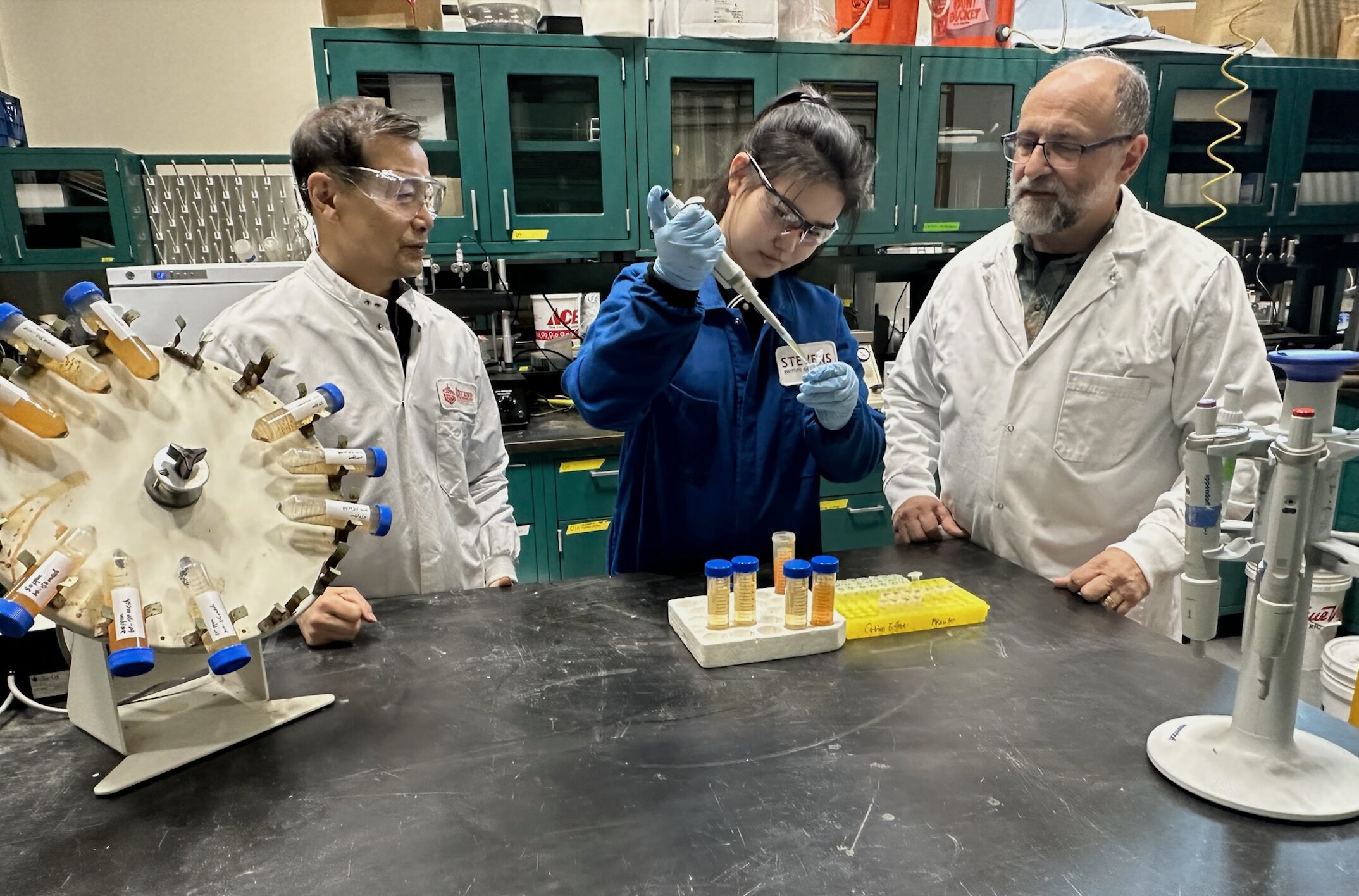HOBOKEN, N.J. – A groundbreaking study reveals iron powder’s superiority over activated carbon in removing PFOS from water, even when rusted.
Immediate Impact
Researchers at the Stevens Institute of Technology have identified iron powder as a more effective adsorbent for PFOS, a type of “forever chemical,” than the traditionally used activated carbon. This discovery holds significant implications for water purification methods, particularly in areas affected by industrial pollutants.
Key Details Emerge
PFOS, or perfluorooctane sulfonate, is a synthetic compound widely used in products for its resistance to stains, fire, and water. However, it poses serious health risks, including liver disease and cancer. The research team, led by professors Xiaoguang Meng and Christos Christodoulatos, along with doctoral student Meng Ji, focused on comparing the adsorption capabilities of iron powder and activated carbon.
26 times more effective: Iron powder was found to be 26 times more effective than activated carbon per unit surface area in removing PFOS from water.
Industry Response
The findings have sparked interest among environmental scientists and policymakers. The use of iron powder, known scientifically as microscale zero-valent iron (mZVI), offers a cost-effective alternative for water treatment facilities.
“Iron powder is commonly used for water and wastewater treatment because it’s cheaper than activated carbon,” Meng explains. The study, published in Environmental Science & Technology, highlights the potential for broader application in environmental cleanup efforts.
By the Numbers
Publication Date: March 19, 2025
Journal: Environmental Science & Technology
DOI: 10.1021/acs.est.4c12301
What Comes Next
Interestingly, the research revealed that even when iron powder rusts, its efficacy in adsorbing PFOS remains largely unaffected. “The particles’ surface is covered by iron oxide, but it’s still very active,” Meng notes, suggesting that oxidized iron continues to contribute to PFOS removal.
The team plans to delve deeper into this phenomenon. “Now we need to do more research to find out why,” Meng says. “This is important for the development of large-scale removal technologies.”
Background Context
PFOS and other PFAS (per- and polyfluoroalkyl substances) have been used extensively in commercial applications, leading to widespread environmental contamination. Their persistence in the environment and potential health impacts have made their removal from water sources a priority.
Traditional methods using activated carbon rely on adsorption, where pollutants adhere to the surface of carbon particles. However, the cost and efficiency of this method have prompted the search for alternatives.
Expert Analysis
Environmental scientists are optimistic about the implications of this study. The use of mZVI not only reduces costs but also enhances the effectiveness of water purification systems. The discovery that rusted iron remains effective could revolutionize the approach to managing industrial pollutants.
Regional Implications
The findings are particularly significant for regions with high levels of PFOS contamination. The adoption of iron powder in water treatment processes could lead to improved public health outcomes and environmental restoration efforts.
This development builds on previous research into cost-effective and sustainable methods for removing persistent pollutants from the environment. As the scientific community continues to explore the potential of iron powder, the future of water purification looks promising.
